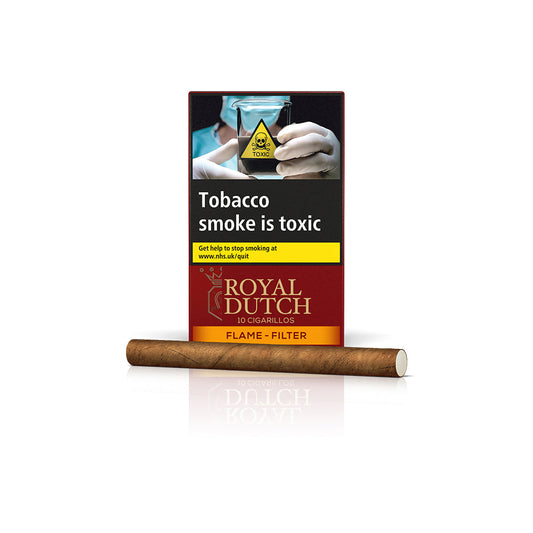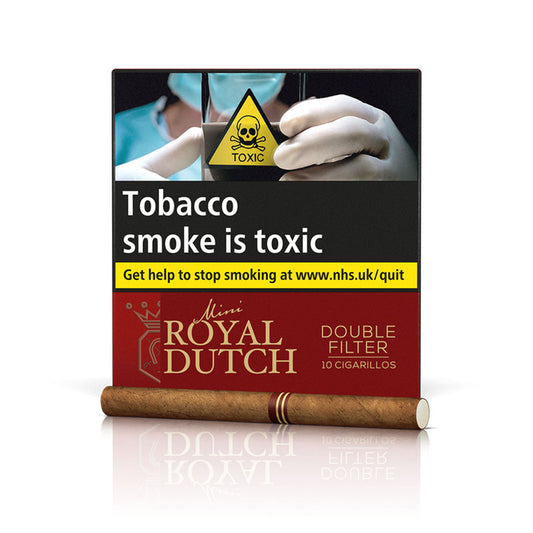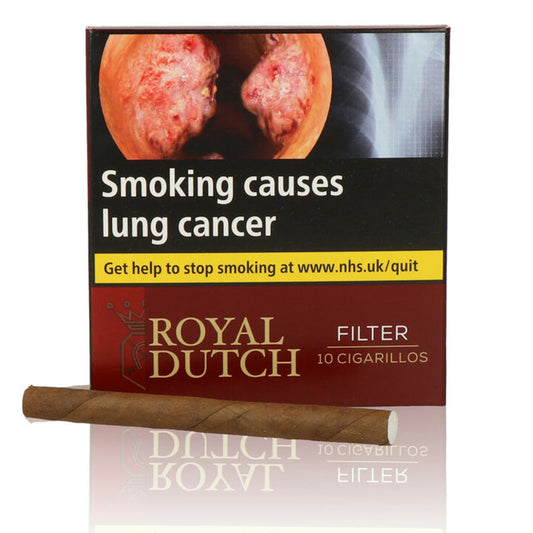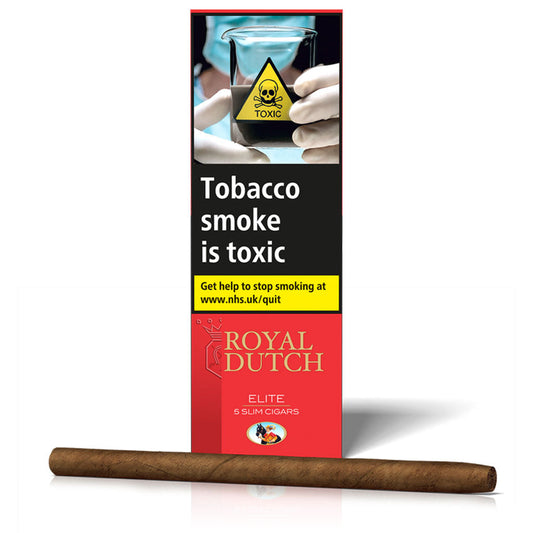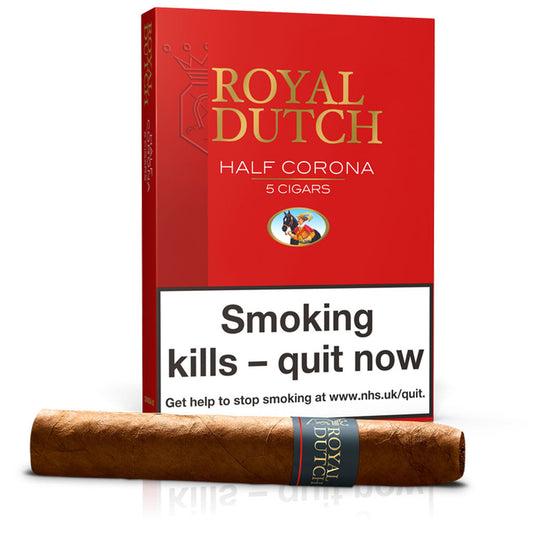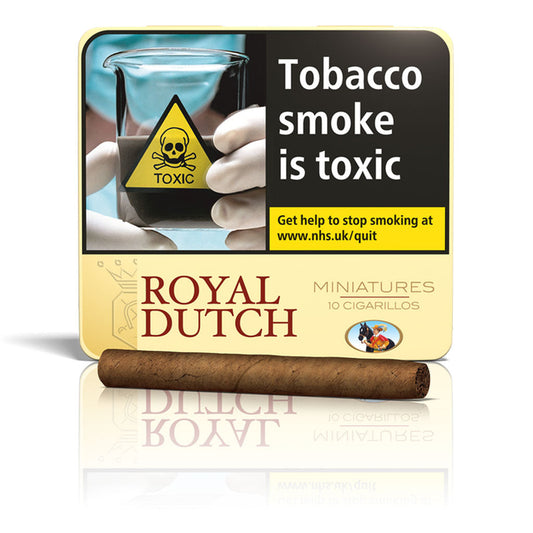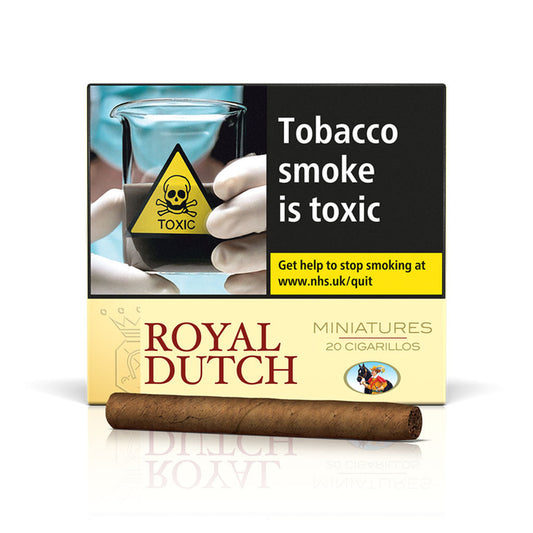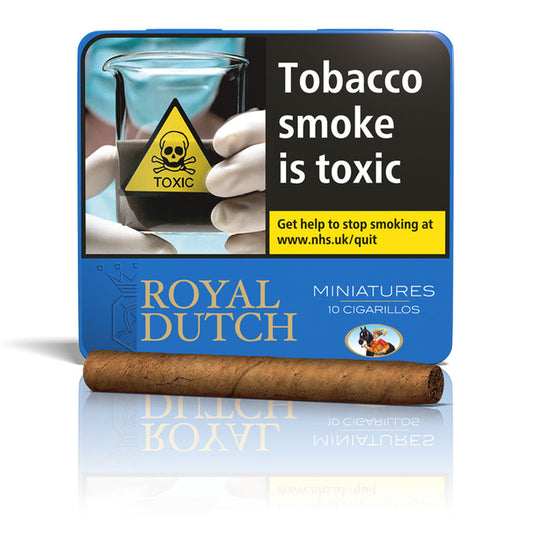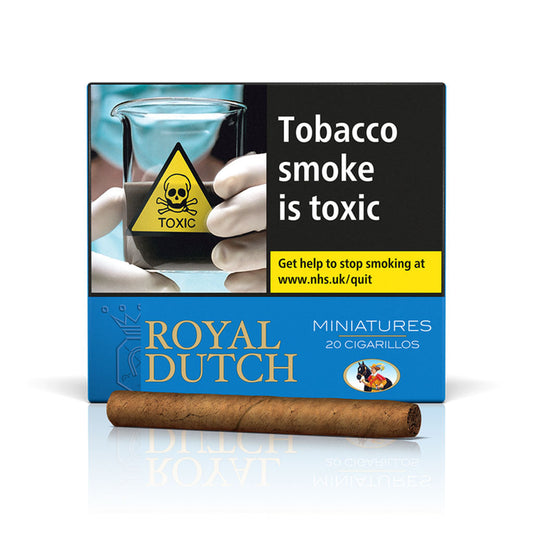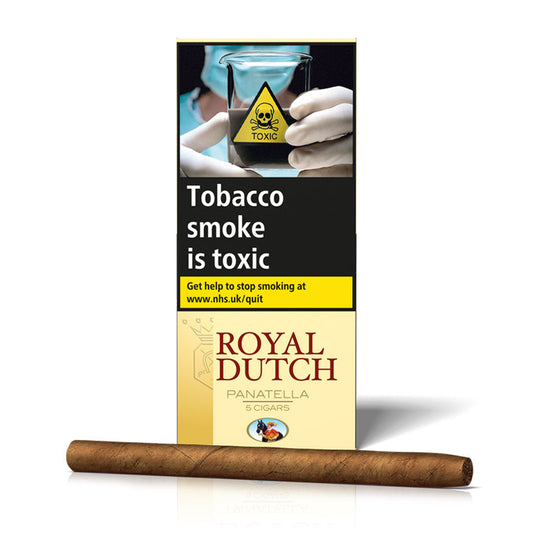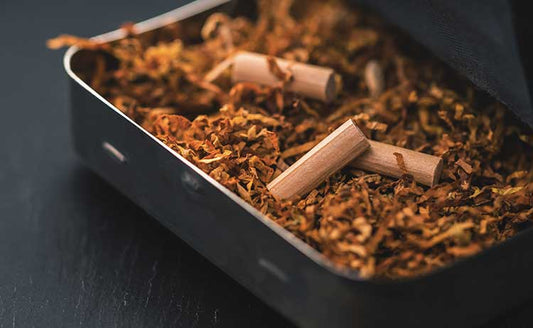Are cigarillos the same as cigars?
With cigarillos and cigars often occupying the same realm, it's understandable that some confusion may arise. To help you navigate this landscape, we'll delve into the distinct characteristics of cigarillos and cigars, guiding you towards the perfect match.
Physical Dimensions: A Tale of Two Sizes
Cigarillos and cigars share a common ancestry, yet their physical dimensions present a clear distinction. Cigarillos typically measure around 3-4 inches in length and ¼-⅛ inches in diameter, making them petite and compact. In contrast, cigars stand majestically, ranging from 4-9 inches in length and ¼-¾ inches in diameter, embodying a larger and more substantial presence.
Wrapper Material: A Tapestry of Texture and Taste
The wrapper, the outermost layer that adorns both cigarillos and cigars, plays a pivotal role in shaping the flavour profile. Cigarillos often embrace a refined wrapper, allowing delicate flavours and aromas to dance gracefully. Cigars, on the other hand, typically feature a thicker, more robust wrapper, capable of orchestrating a symphony of complex and full-bodied flavours.
Filler Composition: The Foundation of Flavour
The filler, the heart of both cigarillos and cigars, consists of tightly packed tobacco leaves that form the foundation of their taste experiences. Cigarillos typically employ a single type of filler, yielding a consistent and harmonious flavour profile. Cigars, in contrast, often showcase a medley of filler varieties, weaving a tapestry of layered and intricate flavours that captivate the palate. The Filler is in both cases a composition/ a blend. However the cigar-composition has the tendency to be stronger/more voluminous whereas especially the modern cigarillos – due to the chosen varieties of tobacco – are more likely to be milder & sweeter. Take a look below at how Royal Dutch cigarillos are expertly crafted
Burn Time: A Matter of Pace
Cigarillos and cigars differ in their burn time, the duration of each smoking session. Cigarillos are designed for a brisker experience, typically lasting for 5-10 minutes, allowing for a more immediate flavour indulgence. Cigars, on the other hand, beckon a leisurely savouring, with burn times ranging from 30-60 minutes or even longer, inviting a contemplative and immersive journey.
Lighting Up: Cigarillos vs. Cigars
Mastering the art of lighting a cigar can elevate the entire smoking experience. But what about its smaller cousin, the cigarillo? Do the same techniques apply? While both share the flame, there are some crucial differences to consider when igniting these two tobacco treats.
How to light a Cigarillo:
Cigarillos, with their delicate wrappers and smaller size, benefit from a gentle "toasting" approach. Hold the flame just above the foot (the end you light) and slowly rotate the cigarillo, letting the heat evenly toast the tobacco without charring it. This prevents harsh flavours and ensures a smooth, consistent burn.
Patience is key: Don't be tempted to rush the process. Take your time toasting the entire circumference of the foot for a balanced ember.
Single puffs: Unlike cigars, cigarillos don't require multiple draws to get them going. Wait a second after enlightenment to not add anything unpleasant, then take a single gentle puff to get the ember glowing, and you're ready to enjoy.
How to light a Cigar:
The two-finger pinch: For cigars, a "two-finger pinch" technique is often preferred. Hold the cigar between your thumb and forefinger, slightly above the foot, and use the lighter in your other hand to toast the tobacco at an angle.
Double puffs: Unlike the single puff for cigarillos, cigars benefit from two or three smaller puffs after toasting. This helps to evenly light the larger filler and establish a consistent burn.
Feathering the flame: Hold the lighter slightly farther away from a cigar compared to a cigarillo. Moving the flame in a circular motion ("feathering") distributes the heat evenly and prevents scorching the outer wrapper.
Additional Tips:
Avoid direct flame contact: Both cigarillos and cigars benefit from indirect heat. Holding the flame too close can burn the wrapper and ruin the flavour.
Purge gently: After lighting, take a short, gentle puff to purge any excess air or paper taste.
Rest and relight: Don't be afraid to relight your cigarillo or cigar if the ember goes out. Just repeat the toasting or lighting process from the beginning.
Puffing Perfection: Cigarillo vs. Cigar Smoking Techniques
While both cigarillos and cigars offer a satisfying tobacco experience, the path to puffing perfection differs based on their size and character. Let's take a look into the distinct ways how cigarillos are different to cigars and delve into how to enjoy both experiences.
How to Smoke a Cigarillo Short and sweet: Embrace the fleeting pleasure of a cigarillo. Take small, slow puffs, allowing the smoke to dance on your tongue before gently exhaling. Aim for a leisurely 5-10 minutes of enjoyment.
No deep drags: Unlike cigars, cigarillos don't require deep inhalations. Let the smoke simply caress your palate, appreciating the nuances of flavour without overwhelming your senses.
Frequent relights: The smaller size means the ember can easily go out. Don't worry about relighting as often as needed, natural tobacco does not keep on burning that is why it naturally goes out.
Casual and convenient: Enjoy cigarillos in quick moments of escape. Their size makes them perfect for breaks, social gatherings, or even a post-meal indulgence.
How to Smoke a Cigar Timeless ritual: When smoking a cigar, treat a cigar as a slow savouring, a dedicated moment of relaxation. Take long, slow draws, holding the smoke in your mouth for a few seconds to fully appreciate the complex flavours.
Controlled puffs: Aim for one puff per minute, allowing the cigar to cool between draws. This prevents overheating and maintains a consistent burn.
Mastering the draw: Experiment with different puffing techniques, like French inhaling or retrohaling, to explore the full flavour spectrum.
Ashes to ashes: Let the ash accumulate naturally, gently tapping it off when it reaches about an inch. Avoid touching the glowing ember to preserve the flavour.
Cigar etiquette: Cigars often take centre stage in social settings. Be mindful of others, puffing slowly and exhaling away from companions.
How much are cigarillos?
The price point of cigarillos and cigars also diverges. Cigarillos are generally more affordable than cigars, making them a more accessible option for those seeking a more informal tobacco experience.
Are you supposed to inhale cigarillos?
One of the most frequently asked questions about cigarillos revolves around inhalation. Unlike cigarettes, where inhaling is the norm, the consensus around cigarillos leans towards a more cautious approach. While some smokers may inhale cigarillo smoke, many aficionados prefer a puff-and-exhale technique. Inhaling the smoke from cigarillos can be more intense, as these smaller cigars are often crafted with stronger and more concentrated tobacco.
Are you supposed to inhale cigars?
Traditionally, cigars are not meant to be inhaled. Inhaling draws the smoke deep into your lungs, exposing them to the full brunt of nicotine, tar, and other harmful chemicals present in tobacco. This can lead to coughing, dizziness, and increased health risks. Moreover, inhaling bypasses the taste buds and olfactory receptors, robbing you of the nuanced flavours and aromas carefully crafted into the tobacco blend. Cigars and cigarillos are designed to be savoured for their unique taste, not for the nicotine hit.
But Wait, There's More: Some experienced cigar smokers might choose to retrohale occasionally. This involves drawing the smoke into your mouth, holding it for a moment, and then gently exhaling it through your nose. This technique allows you to bypass the lungs and reach the olfactory receptors in your nasal cavity, offering a different dimension of flavour and aroma.
Additional Considerations:
Beyond physical dimensions and flavour characteristics, there are other factors to consider when choosing between cigarillos and cigars. These include personal preferences, smoking frequency, and overall tobacco consumption habits.
Choosing the Right Fit:
With these key distinctions in mind, you can make informed decisions based on your preferences and smoking habits. If you seek a quick, flavourful smoke, cigarillos may be the perfect match. For those craving a leisurely and full-bodied experience, cigars offer an enchanting journey.
Conclusion:
Navigating the world of cigarillos and cigars can be a delightful exploration, allowing you to uncover the nuances of each and discover the perfect fit for your discerning taste. By understanding their distinctive characteristics, you can confidently embark on a rewarding smoking journey, tailored to your individual preferences.




